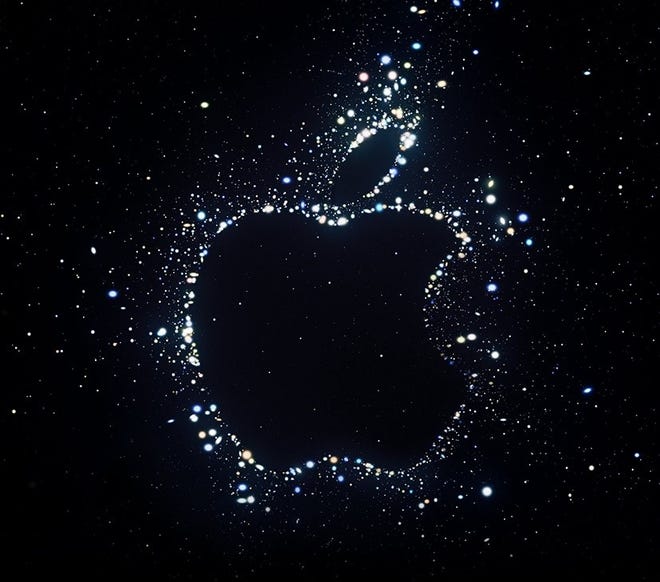HP today announced a new 3D printing technology called Multi Jet Fusion that it said will enable mass production of parts with a technology traditionally reserved for rapid prototyping.
The new industrial 3D printer, about the size of a washing machine, is 10 times faster and 50% less expensive than current systems on the market, HP said. The printer can also use a myriad of colours and materials.

The company also announced Sprout, a new immersive computing platform that combines a 23-in touch screen monitor and horizontal capacitive touch mat with a scanner, depth sensor, hi-res camera, and projector in a single desktop device.
Sprout allows users to scan physical objects into a virtual platform that then combines multiple applications for development. Those objects can then be sent to a Multi Jet Fusion printer to be created on the fly.
The Sprout platform also has a collaborative capability so multiple developers or artists can work on that same project at the same time. HP released a software development kit for Sprout today.
The Sprout platform is not designed to interact exclusively with the new 3D platform, but will serve more as an artistic and engineering design tool.
Sprout is available for pre-order on HP’s website today and it will be in stores beginning on Nov. 8 for $1,899.
Describing it as a new direction for HP, Dion Weisler, executive vice president of HP Printing & Personal Systems, said along with traditional print and compute platforms, the company will now be focused on “blended reality,” which allows users to move physical objects into the digital world, manipulate them and churn them back out as new products.
“We will forever change the landscape of 3D printing and will indeed create the tools that will trigger the next industrial revolution,” Weisler said at a New York press event today.
The Multi Jet Fusion printer
HP’s Multi Jet Fusion printer will be offered to beta customers early next year and is expected to be generally available in 2016.
The machine uses a print bar with 30,000 nozzles spraying 350 million drops a second of thermoplastic or other materials onto a print platform.
The printer uses a proprietary multi-agent printing process that HP calls “Thermal Inkjet Arrays” that simultaneously apply multiple liquid agents to produce greater accuracy, resiliency and uniform part strength in all three axis directions.
Discover more from TechBooky
Subscribe to get the latest posts sent to your email.













